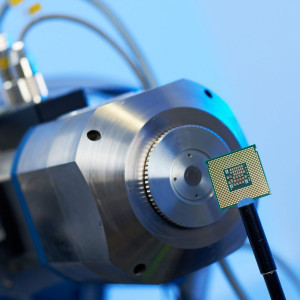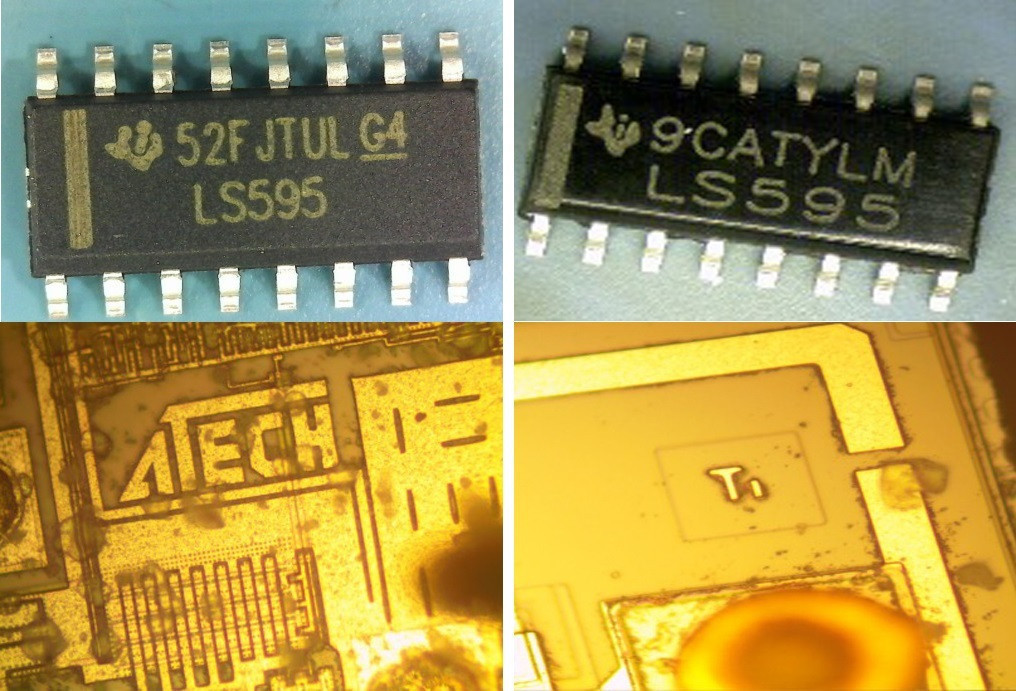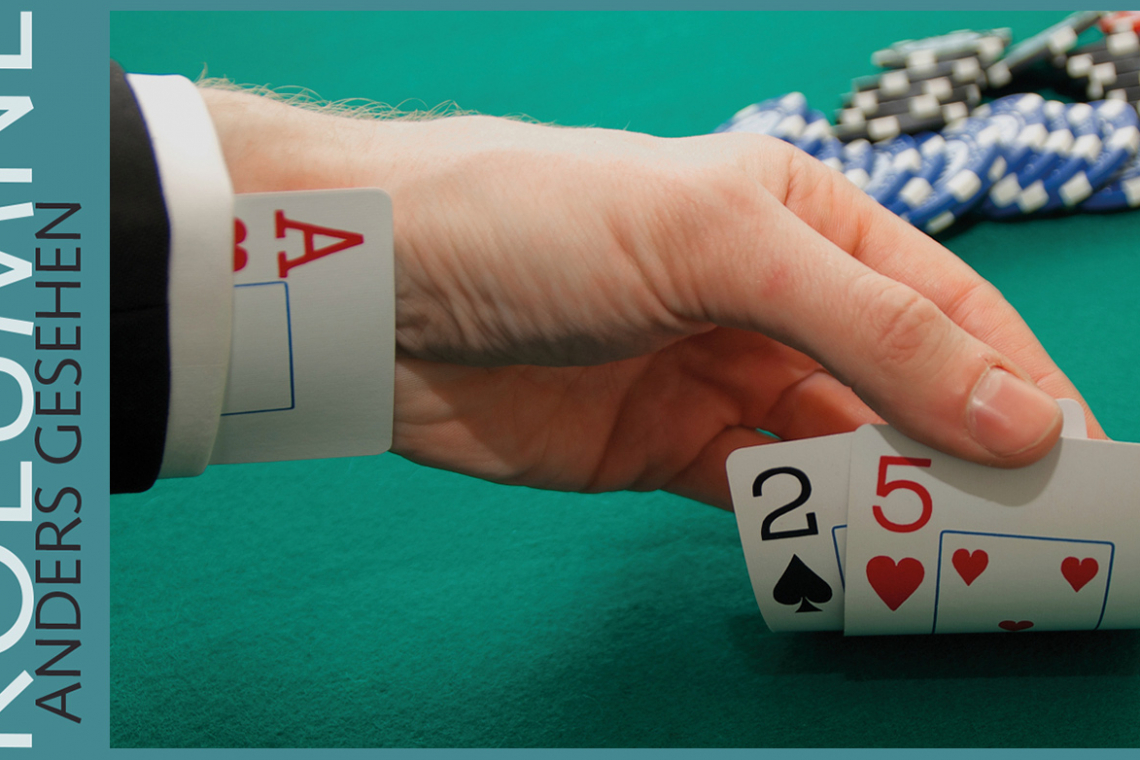If children don't just sit in front of the computer and press keys and buttons, they might learn that clever cheating is part of the fun when playing 'Ludo' - especially if their parents don't react in a petty way. In all casinos and recently also in doctoral theses, people are careful not to cheat. Unfortunately, at least in the case of politicians - if discovered - there are no consequences, although this discredits all honest doctoral students. Cheating is also a multi-layered problem in electronic production.
In electronics, the term 'counterfeit components' is sometimes used. What is meant by this depends on the definition, which may be broader or narrower. The most common definition is that such 'counterfeits' are illegal and/or unauthorized copies of original components, from which no risk can be directly derived, as is known from the pharmaceutical industry, in which such copies of cheaper and equal quality are marketed after the patents have expired (or even before). On the other hand, 'Wiki' defines counterfeit electronic components as parts "whose origin or quality is deliberately misrepresented". Now comes the kicker: "Counterfeit electronic components may infringe the trademark rights of the legitimate manufacturer", which is aimed precisely at their profits.
It is noteworthy that used components are also labeled as such, provided that they are knowingly and falsely represented as new. This runs directly into the requirements that demand that electronics should be reused - assuming, of course, 'not to cheat'.
The American 'Pentagon' may serve as an example here, as they naturally also purchase electronic spare parts for their sizeable weapon parks. Since the military demands a life expectancy of thirty years for their murder instruments - and hopefully they will never be used, while still making the weapons companies rich - many of the components are no longer available new. Thus, it is estimated that 15% of all replacement electronic parts purchased are counterfeit or at least not new.
'McCloskey v. United States of America' was the first judgment (2010) to deal with the trade in counterfeit integrated circuits. She was sentenced to more than three years in prison for aiding and abetting the sale of hundreds of thousands of counterfeit integrated circuits. If you convert the profit she and her colleagues made from this trade to the prison sentence, she made a good €5 million per year. As with shirts or handbags, 'illegal' components are also manufactured in the original. If customs catch counterfeit shirts, they are cleverly burned to protect the suffering companies instead of giving the shirts away to the poor.
Good money is made on components. Some gurus claim that the global trade market for counterfeit electronic components is worth over €900 million. At the rate of development observed so far, this will soon rise to €4 billion per year.
If the 'counterfeit' components are not manufactured professionally, they usually come from scrap heaps that are refurbished in poor countries. After they have been more or less professionally removed from the circuit boards, they undergo cosmetic treatment. Whether they are tested for functionality depends on the scrap yard and its management.
 Examination of an electronic assembly using high-resolution computer laminographyWidespreadmethods of photogenically refurbishing the valuable goods include sanding or sandblasting, possibly in larger drums where many components are polished at the same time. They are then either painted or, if they are pretty enough after this treatment, simply re-marked. The fact that such goods end up in production is not only due to a shortage of certain components, but also to the greed of some companies, as 'counterfeit' or reclaimed parts are usually much cheaper than new ones.
Examination of an electronic assembly using high-resolution computer laminographyWidespreadmethods of photogenically refurbishing the valuable goods include sanding or sandblasting, possibly in larger drums where many components are polished at the same time. They are then either painted or, if they are pretty enough after this treatment, simply re-marked. The fact that such goods end up in production is not only due to a shortage of certain components, but also to the greed of some companies, as 'counterfeit' or reclaimed parts are usually much cheaper than new ones.
Of course, the intermediate trade is not entirely innocent either, as cheating also takes place here. As a whole ladder of middlemen is usually passed through, it is quite easy to mix goods in order to lower the price or to trade in a more profit-oriented way. The supply chains are extremely difficult to monitor and check due to insufficient accountability.
Lack of management oversight of purchasing and incorrect reward policies contribute to this, as buyers are rewarded for 'bargains'. The effects of such goods on production and final quality are ignored. 'Let the customer suffer' then seems to be the slogan.
Components are only manufactured for a certain period of time and then replaced by newer ones. The resulting shortage of parts due to so-called 'end-of-life' measures logically requires access to such scarce goods for certain products, even if they are used.
Smaller companies in particular are often overwhelmed in this respect, as they usually have extremely inadequate and insufficient inspection and testing resources. In good faith in the ethical suppliers, they take everything that ends up at reception. If suspicion is still aroused, the suspect component is sent to a laboratory if necessary and the quality control and pending tests are exported.
It is therefore hardly surprising that although counterfeiting incidents are known, they are rarely systematically collected and published. Although some companies are aware of this, this information is almost treated as a trade secret. The legal basis for necessary communication is questionable anyway. Common problem components include resistors and capacitors, but microcontrollers, semiconductors and transistors can also be found on the market.
Although there are also problems and quality defects with original parts, they seem to occur more frequently with copies and refurbished parts. Whether it was counterfeit semiconductors intended for use in nuclear submarines or someone supplied counterfeit microcontrollers intended for use in the braking systems of European high-speed trains, the cost of failure - including to humans - could be considerable.
For completely different interests, Samsung's subsidiary 'Harman', an audio product brand, confiscated counterfeit 'JBL' and 'Infinity' car speakers and subwoofers from stores in Delhi, which is not to say that Americans and Europeans are entirely innocent.
The potential danger of such counterfeit components should not be underestimated and it may be necessary to protect oneself from them. The simplest and perhaps not even the most expensive method is to deal only with reputable suppliers or to buy directly from the manufacturer. This is not always possible, as the producer prefers to sell huge quantities that far exceed the requirements of smaller companies.
Alternatives range from visual inspection - many refurbished components can be easily identified by an experienced inspector, perhaps after consulting a photo database of faulty parts?[2] - to electrical tests and X-ray examinations. If it's that hard to spot the mislabeled part, then you certainly remember the childhood games and the thrill of cheating, especially if you don't get caught.
 Left: Suspicious labeling / logo Right: Logo and labeling of a well-known manufacturer
Left: Suspicious labeling / logo Right: Logo and labeling of a well-known manufacturer
References
[1] schummeln, dictionary entry, www.dwds.de/wb/schummeln (retrieved: 20.02.2024).
[2] ERAI, www.erai.com/nonconformance_photo_library_ (Retrieved: 20.02.2024).





